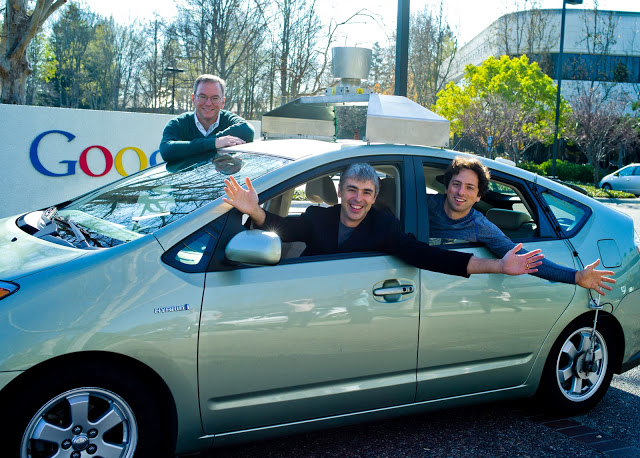Boards and executives have finally got the message about security John Stewart, Chief Security and Trust Officer at Cisco.
For most of the computer era security has been seen as an inhibiter to innovation and speed to market, but now with most businesses finding they face a three year time frame to transform in face of digital disruption Stewart says corporate managments now see security of their products as being a valued feature.
Stewart bases his view on an online survey, Cybersecurity as a Growth Advantage, where Cisco polled 1,014 senior executives with extensive cybersecurity responsibilities in 10 countries and 11 in-depth interviews with senior executives and cybersecurity experts.
From this, Cisco found a third of businesses now sees security as being a competitive advantage.
Digital disruption drives the shift
Stewart puts this down to boards and senior executives realising how widespread digital disruption is, “it’s highly unlikely Weight Watchers saw the disruption coming from Fitbit,” he muses. “In fact it’s hard to see how anyone could have seen that coming.”
As a consequence of these widespread and often unexpected disruptions, corporate leaders are trying to shore up their existing positions against unforeseen competitors by shifting to digital platforms as quickly as they can.
“We have to do digital and if we are going to do digital we have to have strong cybersecurity controls,” says Stewart in explaining why cybersecurity is an important part of this strategy.
Security as a cornerstone
“By making cybersecurity a cornerstone of their businesses, security-led digital organizations are able to innovate faster and more effectively, because they have significantly greater confidence in the security of their digital capabilities,” Stewart says.
Certainly managers are worried about the risks of going digital with Cisco reporting many businesses have put projects on hold due to concerns about security risks, “a lack of cybersecurity strategy can cripple innovation and slow business, because it can hinder development of digital offerings and business models.”
According to Cisco’s findings, seventy-one percent of executives said that concerns over cybersecurity are impeding innovation in their organizations. Thirty-nine percent of executives stated that they had halted mission-critical initiatives due to cybersecurity issues.
Encouraging moves
While the possibility that corporate leaders are taking cyber security seriously is encouraging, that change is yet to be seen in the marketplace, particularly in the consumer Internet of Things market where being first trumps security, design considerations or even basic safety.
The real test for how important cybersecurity really is remains in the marketplace — will customers pay more for secure products?
One sense that in Cisco’s marketplace of enterprise customers where security failures could have expensive, embarrassing and possibly catastrophic consequences, customers will pay more for trustworthy devices. In the consumer field it may well be different.
Probably the most important finding from Cisco’s survey is that businesses are now understanding security has to be designed into products and processes rather than being bolted on as an after thought. If that is true, then we have come a long way.




